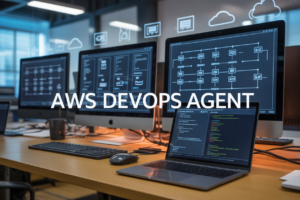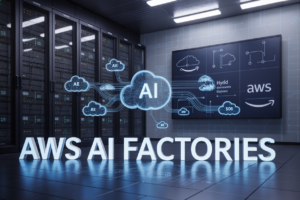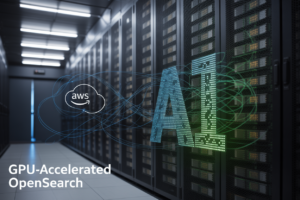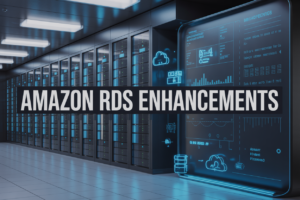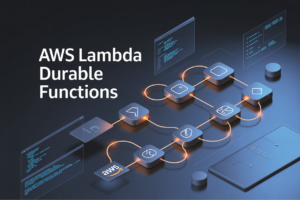Ever spent four hours setting up a Mac build machine only to watch it crumble during the first real project? Yeah, me too. That special kind of frustration is why I created this guide.
AWS EC2 Mac instances offer game-changing possibilities for iOS and macOS developers, but the setup process isn’t exactly intuitive. There’s a reason why “AWS EC2 Mac setup” searches spike every time Apple releases a new SDK.
This step-by-step guide will take you from zero to fully operational build machine in under an hour. No obscure terminal commands without explanation. No “it should just work” assumptions.
But before we dive into the nitty-gritty setup process, there’s something about EC2 Mac instances most tutorials don’t tell you – and it could save you hundreds of dollars in unexpected charges.
Understanding AWS EC2 Mac Instances
What is mac1.metal and its key features
Mac1.metal instances give you dedicated Apple Mac mini hardware in AWS. They run on Intel processors with 12 cores, 32GB RAM, and SSD storage. Perfect for iOS/macOS development, these instances support Xcode and other Apple tools while offering the scalability and reliability of AWS infrastructure.
Getting Started with Your EC2 Mac Instance
A. Setting up your AWS account for Mac instances
Getting EC2 Mac instances isn’t like grabbing a regular Linux server. You’ll need specific account permissions and a Service Quota increase first. Most AWS accounts start with zero Mac allocation – so hit up AWS Support with a quota increase request before you do anything else.
Configuring Your Mac Environment
Configuring Your Mac Environment
A. Essential software installation for development
Got your EC2 Mac instance running? Time to transform it into a powerhouse. Start with Xcode – it’s non-negotiable. Install Homebrew next – this package manager will save your life repeatedly. Add Visual Studio Code or your preferred IDE, and don’t forget Docker for containerization if you’re building modern apps.
Optimizing for Build Performance
Optimizing for Build Performance
A. Hardware resource allocation strategies
Mac1.metal instances need smart CPU and memory allocation. Don’t waste resources on background tasks. Dedicate most cores to your build processes and reserve at least 2GB RAM per core. Your build tools will thank you when they’re not fighting for resources.
Automation and CI/CD Integration
Automation and CI/CD Integration
A. Setting up Jenkins, GitHub Actions, or CircleCI
Gone are the days of manual builds on your EC2 Mac. Choose the CI tool that fits your workflow—Jenkins for customization, GitHub Actions for tight repo integration, or CircleCI for simplified setup. Each takes just minutes to configure on your mac1.metal instance, giving you automatic builds whenever code changes.
Advanced Configuration and Troubleshooting
Advanced Configuration and Troubleshooting
A. Networking setup and optimization
Ever tried to remote into your EC2 Mac only to watch your cursor lag behind every command? Frustrating, right? The fix is often simpler than you think. Configure your Security Groups to allow SSH traffic, enable TCPKeepAlive in your SSH config, and tweak your VPC settings for lower latency. Your mouse will thank you.
EC2 Mac instances offer a powerful solution for developers needing dedicated Apple hardware in the cloud. From initial setup to advanced configurations, this guide provides everything you need to transform your mac1.metal instance into a high-performance build environment. The streamlined process of environment configuration, performance optimization, and CI/CD integration ensures you can maximize your investment in AWS’s macOS infrastructure.
Ready to elevate your Apple development workflow? Start implementing these practices today to create a robust, efficient build pipeline using EC2 Mac instances. Whether you’re building iOS applications, macOS software, or cross-platform solutions, your cloud-based Mac environment will provide the reliability and scalability needed for modern development teams while maintaining the native experience developers expect from Apple’s ecosystem.














